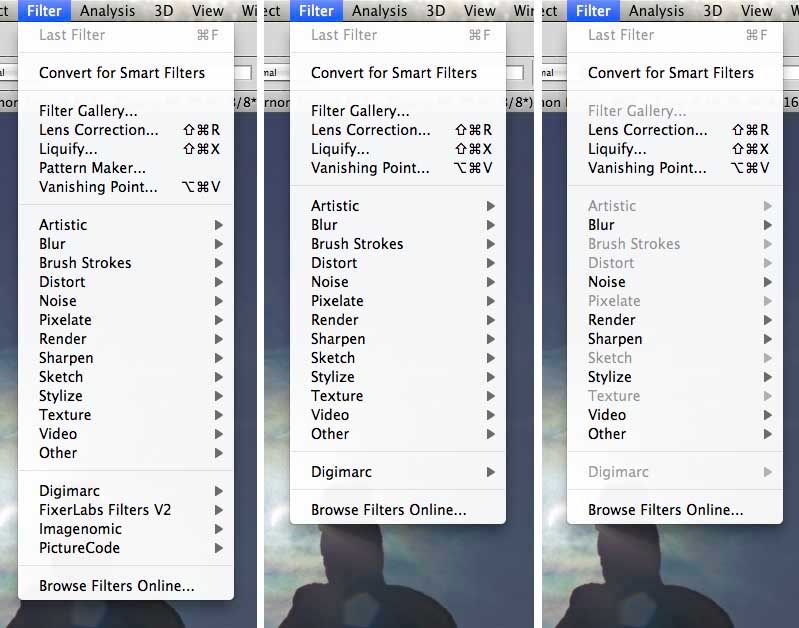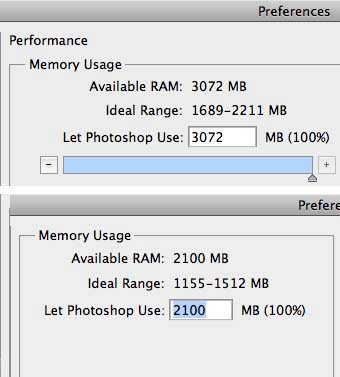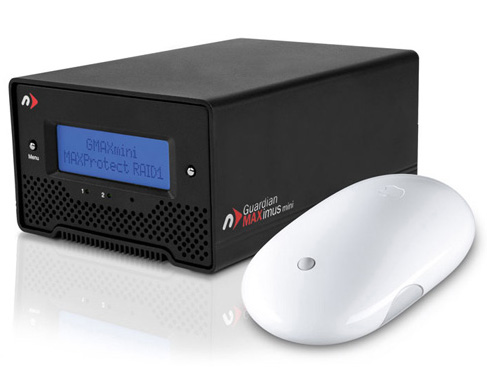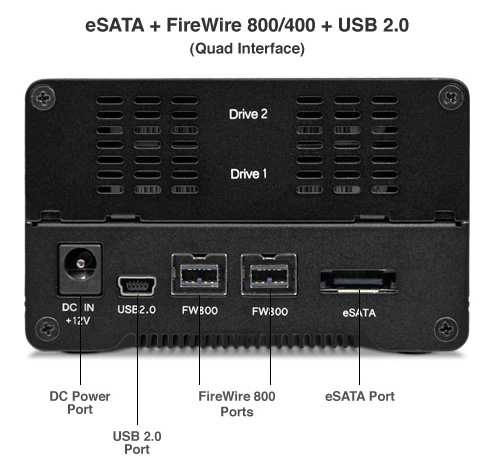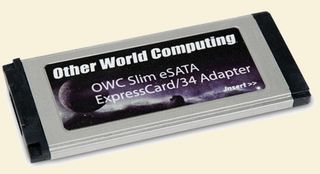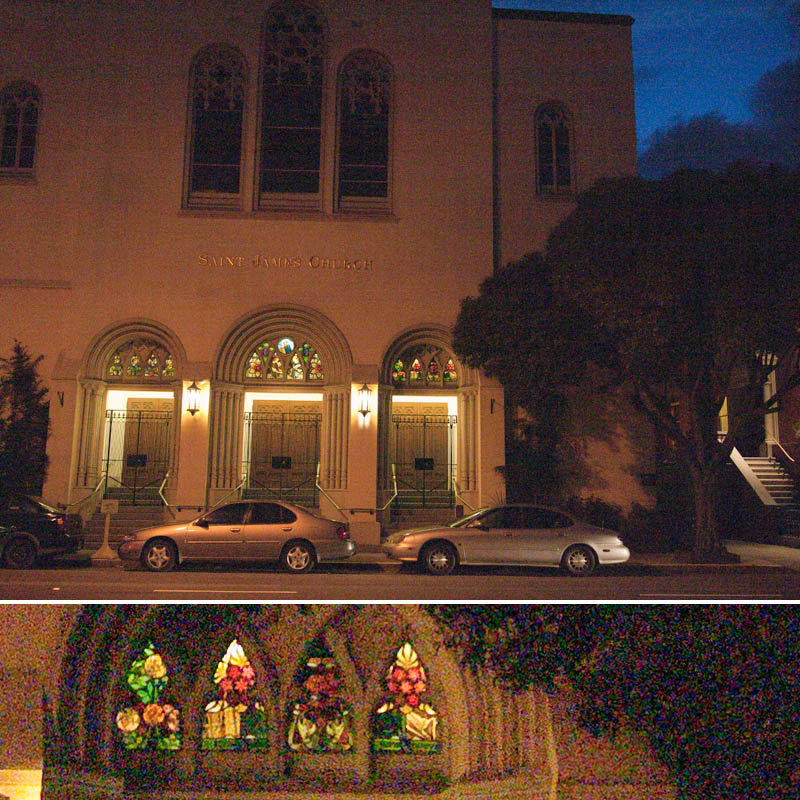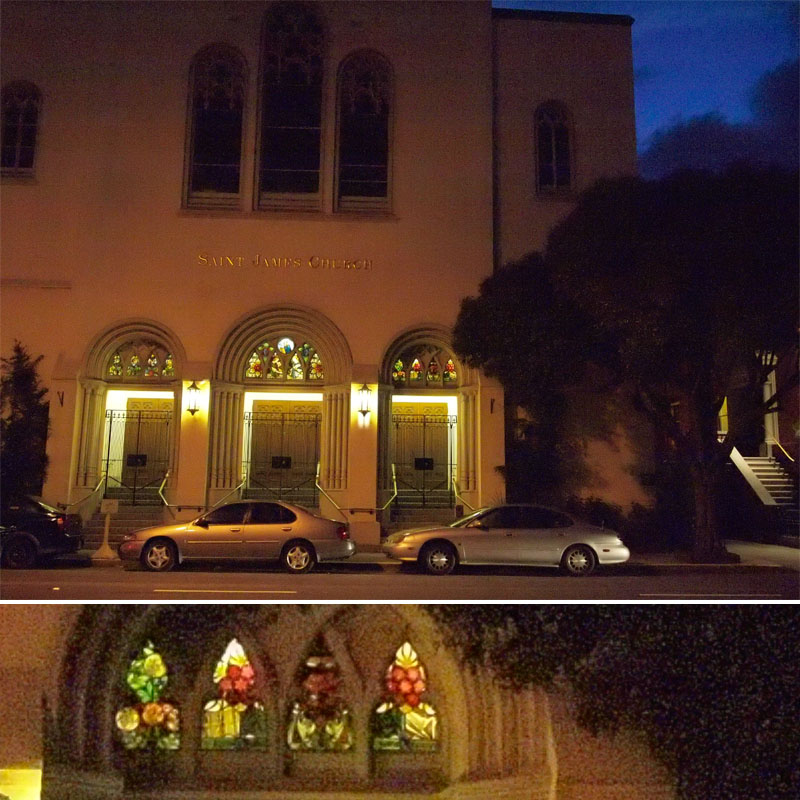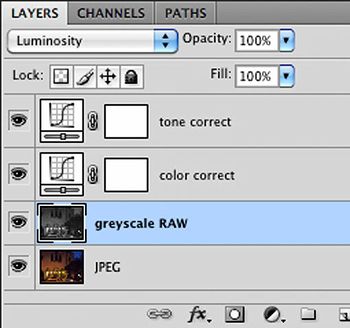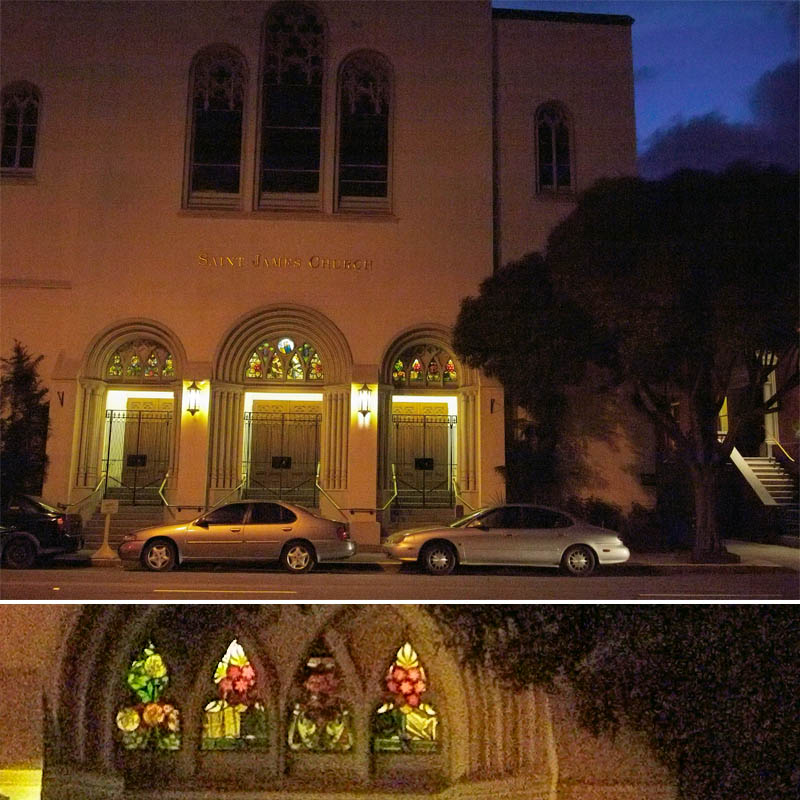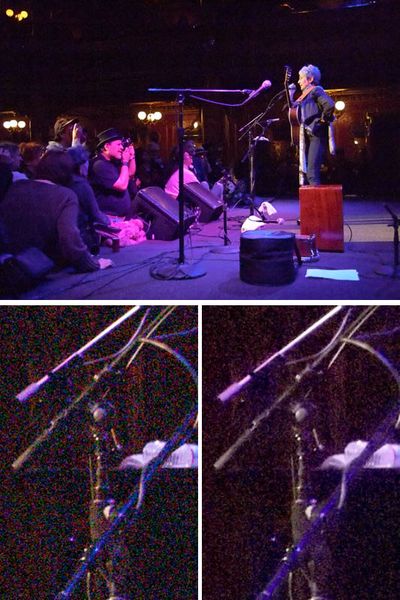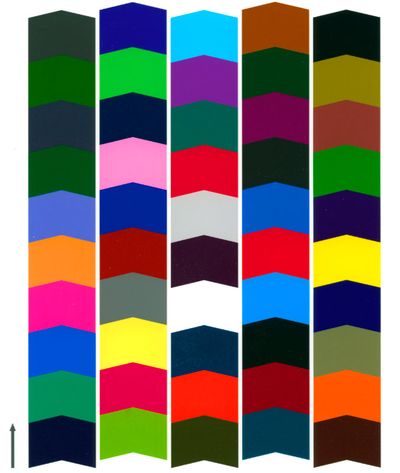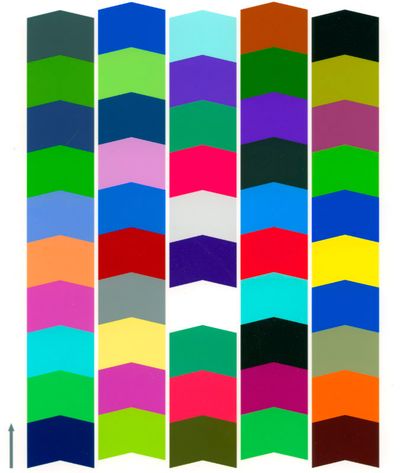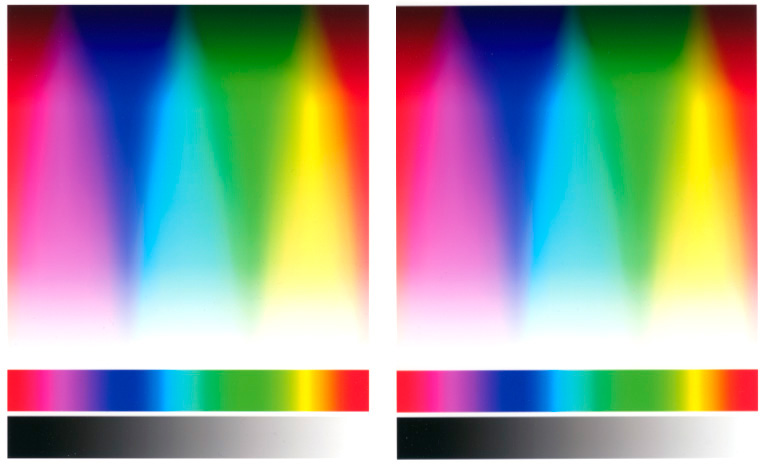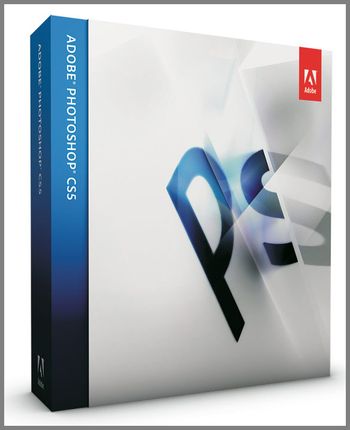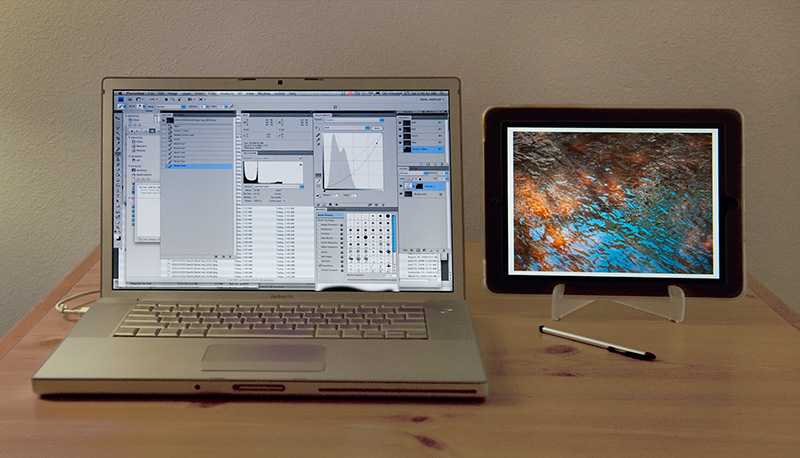 My laptop screen is sporting the same arrangement of Photoshop palettes
as I use at home when I've got it connected up to my large Apple Cinema
Display. The iPad is sitting in landscape orientation on its iSee stand
with the Pogo pen in front of it.
My laptop screen is sporting the same arrangement of Photoshop palettes
as I use at home when I've got it connected up to my large Apple Cinema
Display. The iPad is sitting in landscape orientation on its iSee stand
with the Pogo pen in front of it.
By Ctein
As soon as I read the detailed specifications for the iPad, I had a suspicion that most people were ignoring one of its more notable features: namely, that it was likely to be sporting the best display that had ever been put into a portable device.
The day they came out, in early April, my friend Mark Richards bought one. He showed it to me that weekend. I pulled up some difficult-to-render photographs from my website and pixel-peeped like mad. The iPad had a near-studio-quality display. (Truth is I've seen studio displays that were worse; I'm just very fussy.) The iPad held gamma well with changing viewing angle, and if it wasn't running full 24-bit color with no dithering, it was faking it well enough that I couldn't tell.
I commented that if only there was a way to run Photoshop on these things, I'd buy one in a minute. When I'm away from home, I'm stuck with doing my photographic work on a laptop computer. Laptop computer displays suck. I don't understand how people can do serious photographic work on them. I make do when I'm in the field, but only for rough editing and corrections; it's impossible to see exactly what's going on in a photograph. The iPad was so much better.
Mark then told me he'd heard that there was a way to tether an iPad to a laptop as a secondary display. I cursed him loudly; that bit of information might cost me mucho dinero. How well a $10 app worked would determine whether or not I'd buy many hundred of dollars worth of hardware.
I finally had a chance to try out the Air Display app on another friend's iPad (thank you, Chris) over my vacation last month in Minneapolis. It turned the iPad into a usable secondary high-quality monitor while running Photoshop on my MacBook Pro. The next day I went to the Apple store and bought one.
The low-end $500 model, with 16 GB of storage and no cellular network capabilities, would have been sufficient. After consideration, though, I ended up buying the 64 GB, 3G model. Why? First, this is more than merely a display. It's a self-contained computer, and it has never, ever made sense for me to buy at the low end of hardware. Second, as someone who hasn't had experience living in the being-connected-everywhere world, I didn't know whether I might care about that. It seemed foolish to get the model without cellular capability lest I discover later that I really want it and wind up replacing the whole computer. Several people impressed upon me that I'd likely find this a mighty useful feature, and they've been proved right. My price ended up nearly doubling, but whatthehell, it's only money.
Then there were the incidentals. An extended warranty (I am very bad with equipment care), a conductive foam Pogo Sketch stylus (fingers are just too fat for working directly on a photograph), and a Contour iSee for iPad (a hard clamshell with a collapsible stand that lets me prop up the iPad in landscape or portrait orientation).
There went a grand, but what did that get me? A portable dual-display rig with a studio-quality display that's touch sensitive, so I can brush directly on the photo I'm working on. Definitely worth it to me.
It's not as functional as a 12" Cintiq; there's no pressure sensitive stylus for the iPad (yet), and screen update is sluggish. But the cheap iPad's half the price, half the volume, a third the weight, and self-powered, and I'll bet the display's a lot better.
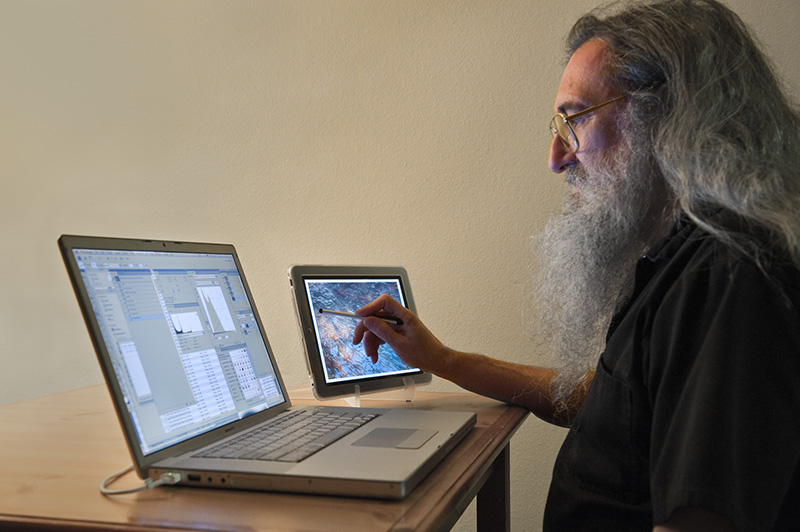 Here I'm taking advantage of the touch-sensitive screen on the iPad to
do some burning in on a photograph with a masked curves adjustment
layer.
Here I'm taking advantage of the touch-sensitive screen on the iPad to
do some burning in on a photograph with a masked curves adjustment
layer.
The combination works well enough. It has occasional idiosyncrasies; most significantly, one has to get used to the lag time in the display update. It's not a problem in Photoshop when using brushes or working with adjustment layers—it can refresh small areas of the screen rapidly. It takes more than a second to do a full display update, so you wouldn't want to use it for anything that requires a decent frame rate or for presenting a slideshow. I do think there's a good chance that performance will improve in the future, as slow response time is the primary complaint everyone has about this category of apps. In the meantime, you should probably do as I did and try before you buy, to make sure you're comfortable with the screen update rates.
iPad color out of the box is acceptable. Not as good as a studio monitor, but close enough for serious work, and much, much better than anything I could get in a portable device before. I can use it for making serious refinements to a photograph, which was, after all, the point.
My efforts to color manage the iPad had mixed results. Profile Mechanic Monitor didn't work at all; every time I ran it I got an entirely different result and it was always bizarre. ColorMunki worked pretty well but not perfectly. The hues and the values are very good in the profile; the color-managed iPad's rendering of B&W photographs matches my prints exactly. But, the chroma is too high. Not by a lot—if I add hue/saturation adjustment layer and drop the saturation by 20 points, it looks just about right.
If I can't figure out how to get a better profile built, I'll just start adding a –20 point hue/saturation adjustment layer as a visual filter whenever I'm working in Photoshop in the field. It may be that I'm being too fussy about this. My Apple Cinema Display, fully calibrated, is about 10 points too low in saturation.
So, I'm a very happy camper and after three weeks I'm still not suffering from buyers remorse. I've got a much, much better portable digital darkroom than I ever thought I'd have.
Oh yeah, and let's not forget that it is an iPad, not just a portable monitor. Maybe it'll even prove useful in other ways. Ya nevva knows....
Incidentally, if readers know of any other large-screen portable devices with near-studio-quality displays, I would like to hear about them. (But please don't tout some netbook or other portable device with the usual lousy screens; sure, they have their uses, but not for my kind of work.)
 Air Display creates a wireless connection between the iPad and my
laptop, so I don't have to actually be seated at the laptop unless I
need the big screen. I did my sorting and editing of photographs in
Adobe Bridge and Adobe Camera RAW sitting on the comfy bed.
Air Display creates a wireless connection between the iPad and my
laptop, so I don't have to actually be seated at the laptop unless I
need the big screen. I did my sorting and editing of photographs in
Adobe Bridge and Adobe Camera RAW sitting on the comfy bed.
Ctein
Photographs copyright 2010 by David Dyer-Bennet. DDB made these photographs to illustrate this article while we were on a two-day photo trip over July 4 weekend up to Lake Superior's North Shore. They were posed for the sake of clarity and aesthetics, but they are not staged. This was my working setup and these were my working conditions.
Ctein's regular weekly column appears every Thursday morning. TOP is currently on summer hours, which means late morning for the time being.
Send this post to a friend
Note: Links in this post may be to our affiliates; sales through affiliate links may benefit this site. More...
Original contents copyright 2010 by Michael C. Johnston and/or the bylined author. All Rights Reserved.
Featured Comment by Steve G, Mendocino: "Ctein: Once again, my Thursday morning is enlivened by useful and relevant information, well presented. That being said, curse you—I'd dismissed the iPad until now."
Featured Comment by Bahi: "Very informative column—thanks. And I really like the pictures…there's something Old Testament about them. Prophet, tablet, etc. :-)"
